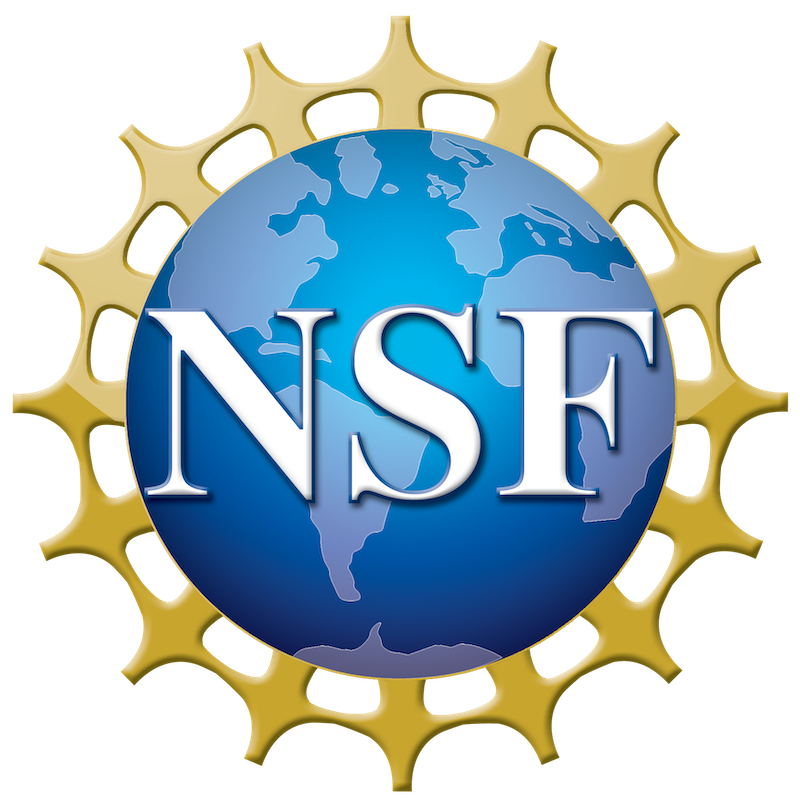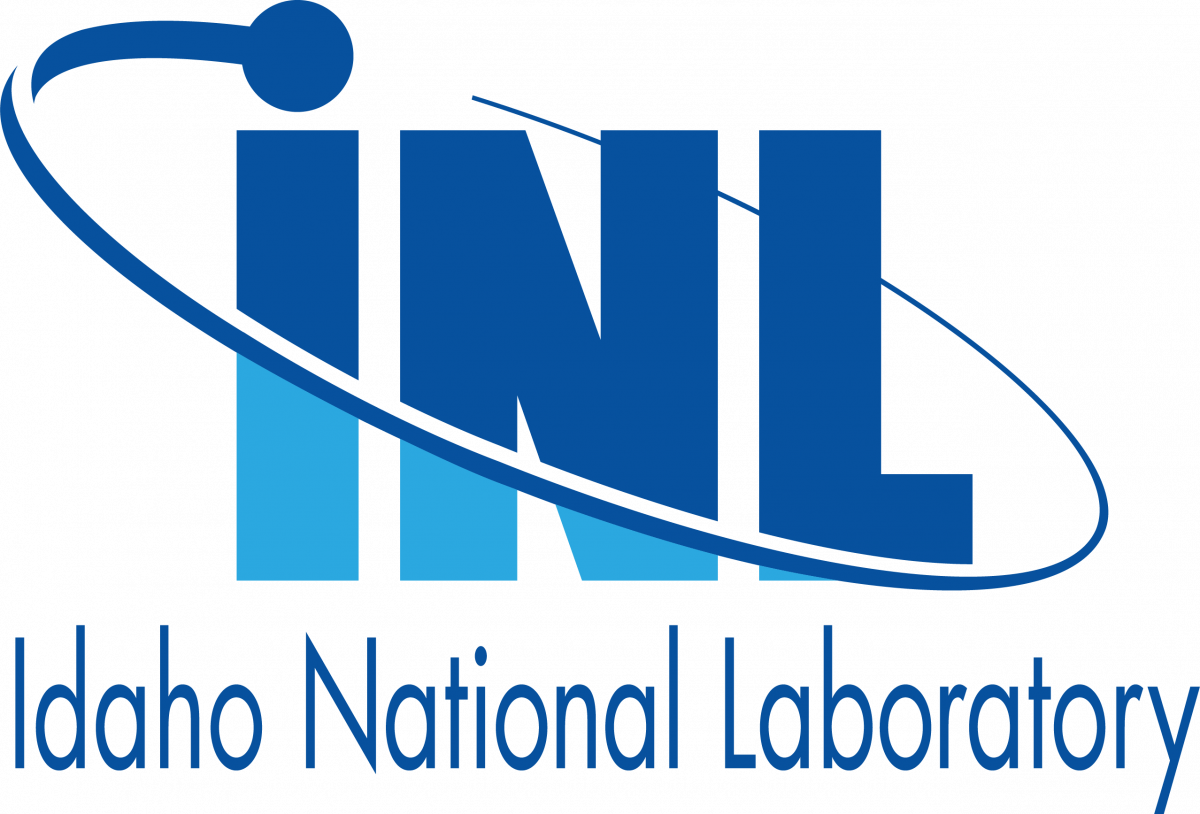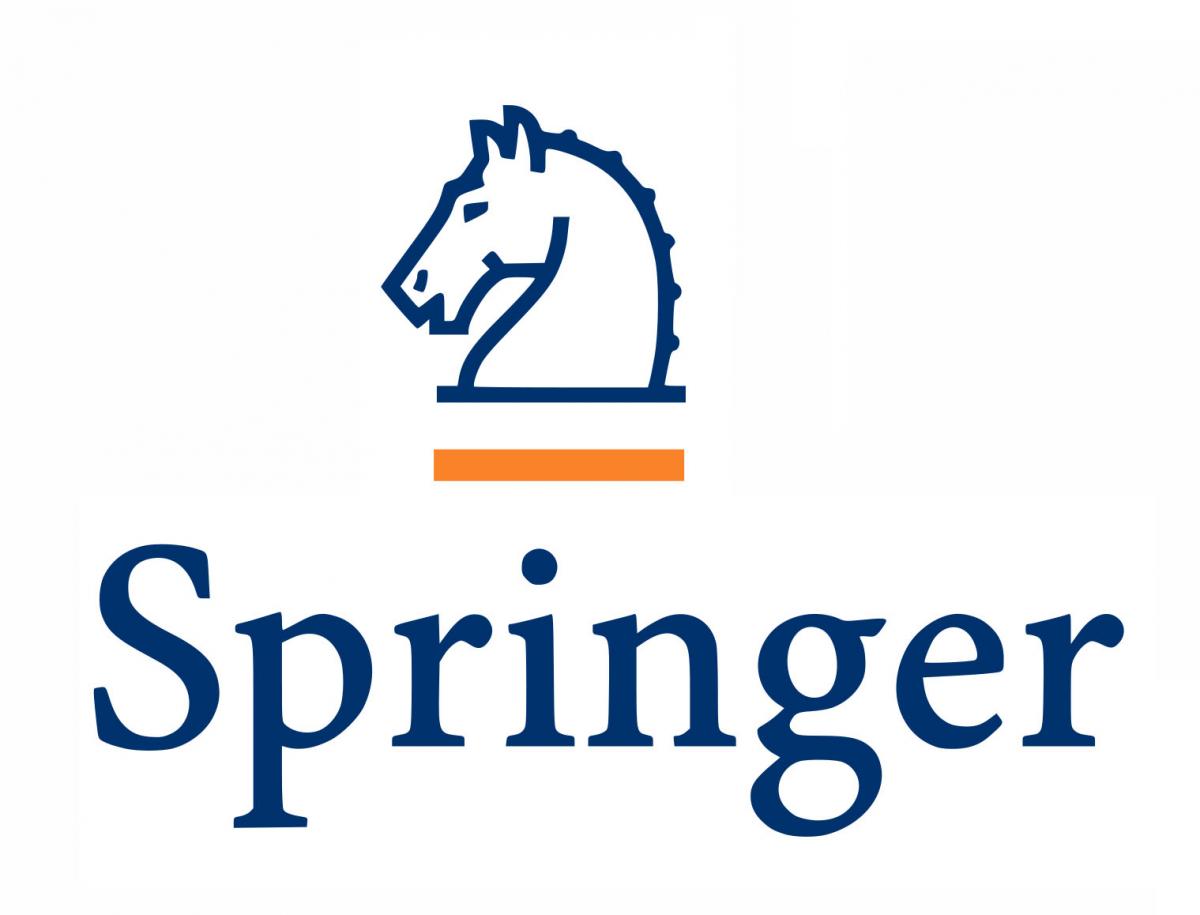Zhen Chen, University of Missouri
Joseph E. Bishop, Sandia National Laboratories
Jiun-Shyan Chen, University of California, San Diego
Sheng-Wei Chi, University of Illinois Chicago
John Foster, The University of Texas at Austin
Michael Hillman, K & C Inc.
Marc Schweitzer, University of Bonn
C.T. Wu, Ansys Inc.
Meshfree and particle methods have emerged as a new class of numerical methods that play an increasingly significant role in the study of challenging engineering and scientific problems. New and exciting developments of meshfree and particle methods often go beyond the classical theories, incorporate more profound physical mechanisms, and become the exclusive numerical tools in addressing the computational challenges that were once difficult or impossible to solve by conventional methods.
The goal of this minisymposium is to bring together experts working on these methods, share research results and identify the emergent needs towards more rapid progress in advancing the important fields of meshfree and particle methods. Topics of interest for this minisymposium include, but are not limited to the following:
- Recent advances in meshfree and particle methods, coupling of finite element and meshfree methods, material point method, and peridynamics
- Methods for coupling multiple physics and/or multiple scales
- Methods of fictitious domains and non-intrusive coupling
- Methods enabling a rapid design-to-analysis workflow
- Strong form collocation methods
- Nodal integration and domain integration methods for the Galerkin formulation
- Characterization and stabilization of numerical instabilities
- Recent advances in modeling strong and weak discontinuities
- Recent advances in modeling extreme loading events
- Recent advances in modeling manufacturing problems
- Recent advances in modeling bio- and nano- mechanics problems
- Integration of physics-based and data-enabled approaches
- Parallel computation, solvers and large-scale simulations
- New applications such as optimizing additive manufacturing and mitigating disasters











